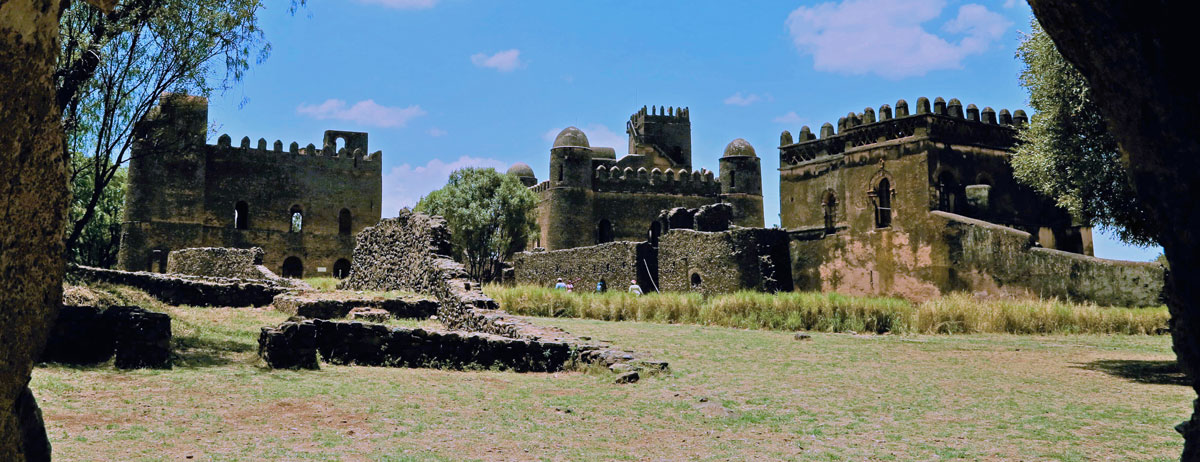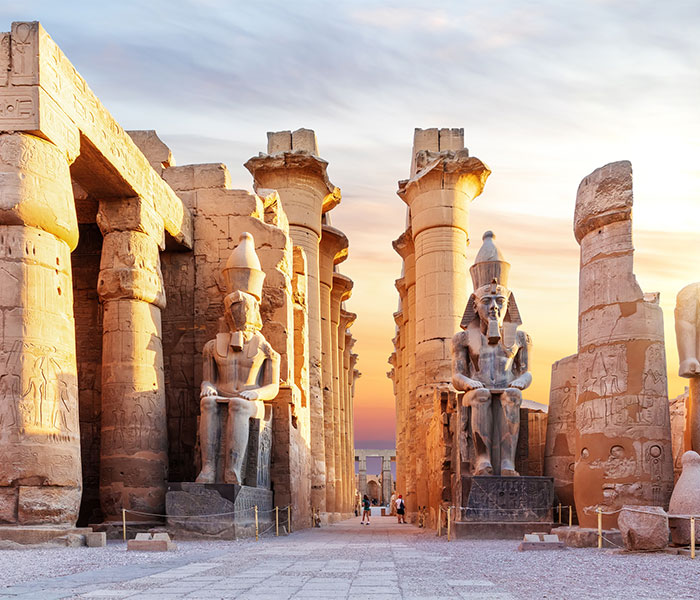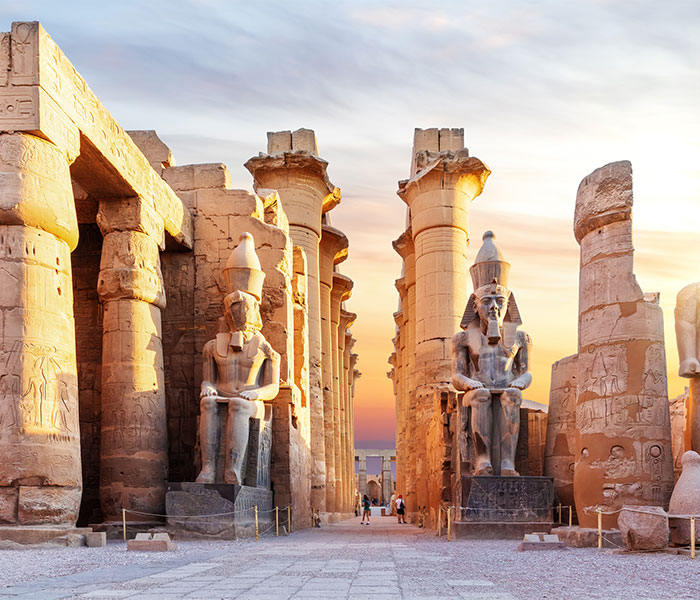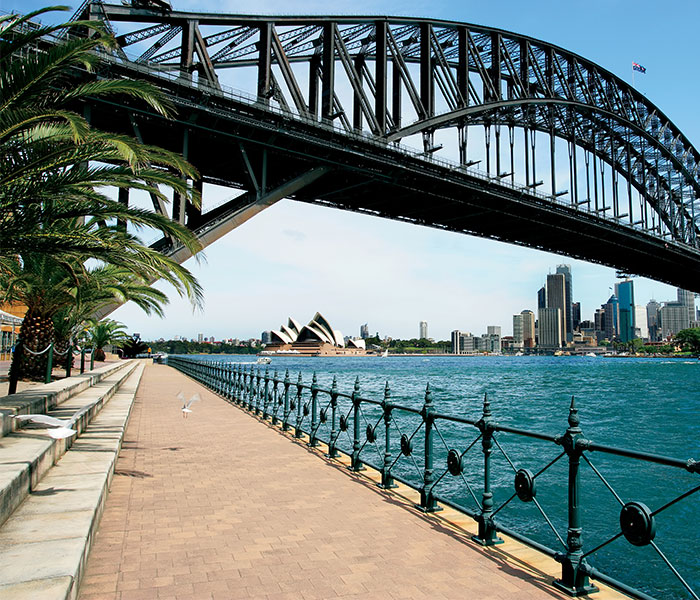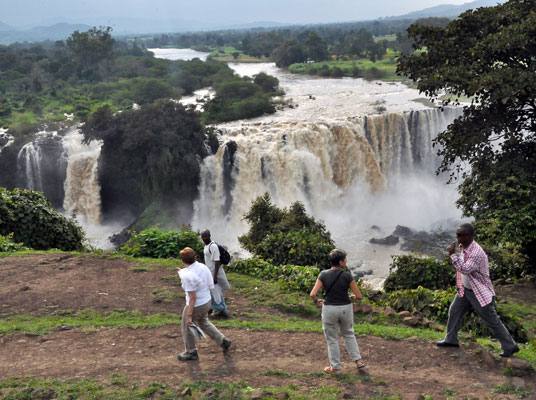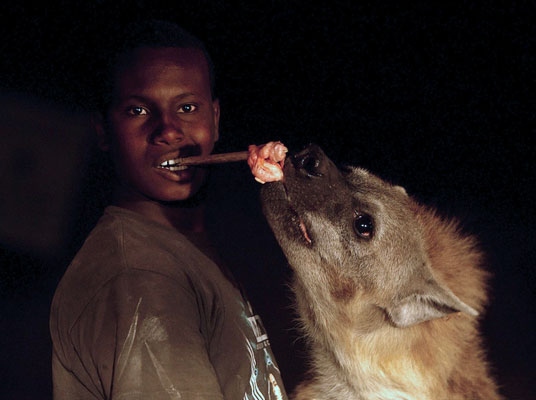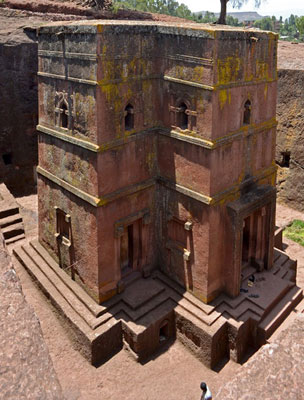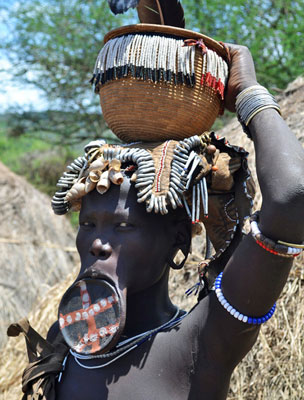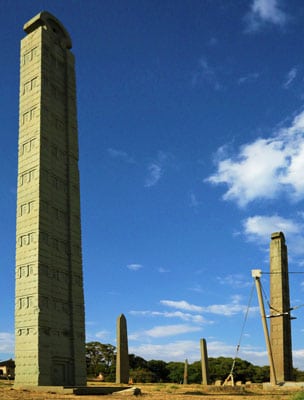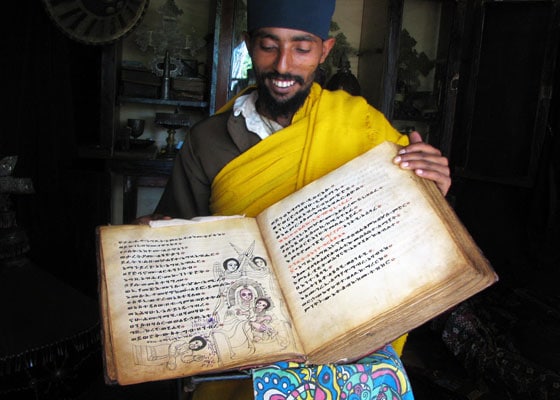Our Journey Through Ethiopia
TravelQuest’s 2021 Wonders of Ethiopia adventure covers a lot of ground. After arriving in the capital Addis Ababa, we journey east, then south, and finally into the north. To the east of Addis Ababa is Harar, Ethiopia’s medieval capital, protected by an encircling wall built in the 16th century by the Emir Nur ibn Mujahid. The city boasts a bustling marketplace, jam-packed with the region’s Amhara, Oromo, and Adere peoples. Included is an evening visit to the Hyena Men, who feed wild hyenas from their mouths—an experience you won’t soon forget!
South of Addis is in the community of Chencha and the Dorze people, once feared as warriors but now renowned as weavers of fine cotton textiles. Their colorful robes, or shammas, are popular throughout Ethiopia. The Dorze are also famed for their two-story “beehive” huts, which are constructed so skillfully from woven bamboo and enset (Ethiopian banana) that they last up to 80 years. Nearby is Chamo Lake, which boasts one of the world’s most spectacular concentrations of giant crocodiles—locals call it “The Crocodile Market.”
The Omo River Valley is home to the Karo people, known for elaborately decorating their faces and bodies before important ceremonies. Using white chalk and charcoal, as well as earth in hues of red, yellow, and ochre, Karo men and women create striking paintings on their flesh, often imitating the plumage of guinea fowl. Many also scar their chests, making cuts and then rubbing them with ash to raise patterns in the skin.
Another of the ancient tribes of southern Ethiopia are the Hamer, who tend their cattle herds among remote villages east of the Omo River. Decorating themselves with chalk paint and natural ornaments, the Hamer are known for their extraordinary cattle-leaping ritual. To mark their passage into manhood, young men must jump naked over a line of up to 30 bulls without falling.
In the north, Lake Tana (the largest in Ethiopia) has many islands that shelter churches of significant historical and cultural interest. Accessible only by boat are the monasteries of Ura-Kidane Mihret and Azwa-Mariam, which hold treasures of the Ethiopian Coptic Christians.
Gondar, Ethiopia’s capital from the 16th to the 18th century, is often called “the Camelot of Africa” by admirers of its six castles. The oldest and most magnificent is Fasiledes, named for the king who founded Gondar in 1632. Also remarkable is the Church of Debre Birhan Selassie, an imposing structure with brightly colored ceilings covered in intricately painted angels.
In the far north is Axum, renowned for its array of stelae—a UNESCO World Heritage Site containing more than 120 stone monuments dating from the 4th century. Here is the famed Cathedral of St. Mary of Zion, built from 1665 on foundations that likely date back a thousand more years. This Christian site contains a guarded chapel said to house the Ark of the Covenant. Elsewhere in Axum are the ruins of numerous palaces and tombs, including the residence of the legendary Queen of Sheba, who may have lived here some 3,000 years ago.
Lalibela, situated high in the Lasta Mountains at more than 8,500 feet (2,500 m) above sea level, is one of the most important religious sites in all of Africa. There are at least 200 churches scattered across the region, some hidden in enormous caves. Lalibela boasts 11 structures whose engineering and craftsmanship have rightly earned renown as architectural wonders.


